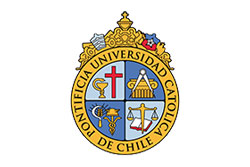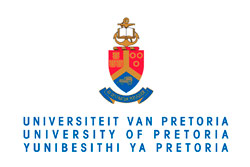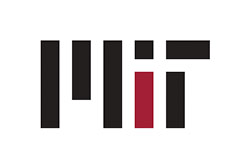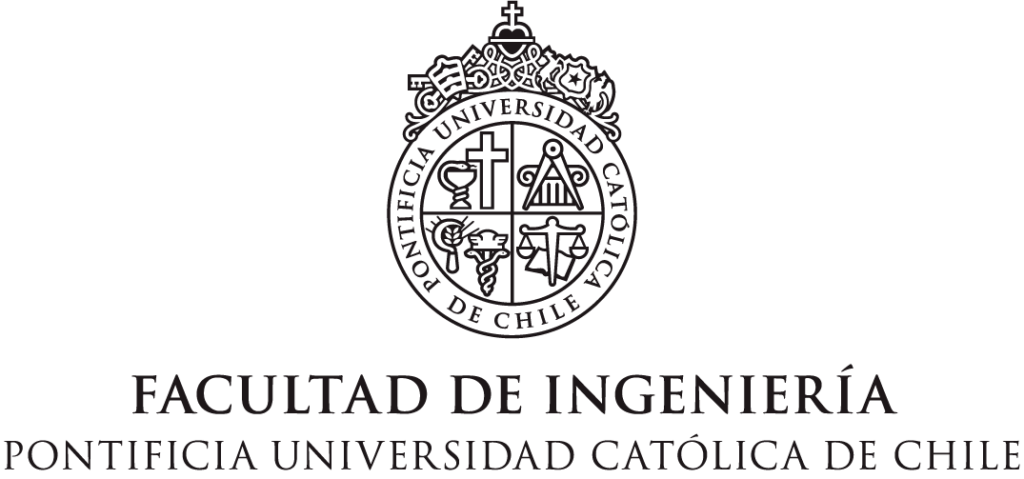International Visit to Rio's First BRT Line
Source: EMBARQ
Photos: Mariana Gil / EMBARQ Brazil.
 With growing international interest in Rio de Janeiro’s bus rapid transit (BRT) system, journalists from around the world are seeking to understand how the system is being implemented. On June 18, reporters Valerie Valcovici (Reuters), Diana Kinch (The Wall Street Journal), and Cynthia Castro (Revista CNT Transporte Atual) visited Rio’s first BRT corridor, the Transoeste.
With growing international interest in Rio de Janeiro’s bus rapid transit (BRT) system, journalists from around the world are seeking to understand how the system is being implemented. On June 18, reporters Valerie Valcovici (Reuters), Diana Kinch (The Wall Street Journal), and Cynthia Castro (Revista CNT Transporte Atual) visited Rio’s first BRT corridor, the Transoeste.
The journalists were accompanied by the municipal secretary and deputy secretaries of transportation, Alexander Samson and Carlos Maiolino. Representatives from EMBARQ included Director Holger Dalkmann, EMBARQ Chief Operating Officer Clayton Lane, EMBARQ Brazil Director and member of our CoE Luis Antonio Lindau, EMBARQ Brazil Strategic Relations and Development Director Rejane D. Fernandes, and World Resources Institute Media Relations Director Michael Oko. The visit was organized by WRI and EMBARQ Brazil, along with FETRANSPOR (Federated Passenger Transport Company of the State of Rio de Janeiro) and the Secretary of Transportation of Rio de Janeiro.
“The biggest benefit of BRT systems, or any mass transportation system, is increasing accessibility for the population and improving overall quality of life for the city,” Dalkmann said.
The Transoeste line was created.with the goal of integrating the West Zone neighborhoods with the rest of the city. While still in the early stages of implementation, the system extends more than 56 kilometers, connecting Barra de Tijuca to Santa Cruz.
 According to Alexandre Castro, manager of operations for Transoeste, it is estimated that the corridor will serve 250,000 people each day and cut current travel time in half. Secretary of Transportation Alexander Samson said BRT is a paradigm shift for the city. «The BRT is a new concept of transport in Rio. It can carry twice as many people as the current system, besides being more sustainable, emitting less greenhouse gases,» he said.
According to Alexandre Castro, manager of operations for Transoeste, it is estimated that the corridor will serve 250,000 people each day and cut current travel time in half. Secretary of Transportation Alexander Samson said BRT is a paradigm shift for the city. «The BRT is a new concept of transport in Rio. It can carry twice as many people as the current system, besides being more sustainable, emitting less greenhouse gases,» he said.
The modern fleet of articulated buses are monitored by staff at the Operational Control Center at Terminal Alvorada, the future connection point between the Transoeste and Transcarioca lines.
The control center monitors the performance of the lines, which rely on an adaptive system for traffic signal priority, i.e. giving preference to BRT vehicles at intersections.
«A bus lane carries 10 times more people than a car lane. Why, then, not prioritize public transportation?” Lindau said.
«The new system will attract more people to public transport by offering more comfort and speed. The city of Rio de Janeiro is made for public transportation. Rio will soon take ownership of BRT,» Samson said. The secretary also noted that the priority of the city government is to integrate the bus systems, and discourage the use of private vehicles through measures such as tolls for cars.
«Along the Transolímpica corridor there will be a toll for those who choose to use the car while the BRT will operate freely,» he said.
All four corridors – Transoeste, Transcarioca, Transolímpica and Transbrasil – are expected to be completed by 2016. The complete system will extend more than 150 kilometers, one of the largest public transit systems in the world, with a total investment of RS 5 billion from public and private partnerships.
¿Comments? ¿Opinions? ¿Similar News? Send them to us!
Tweet







